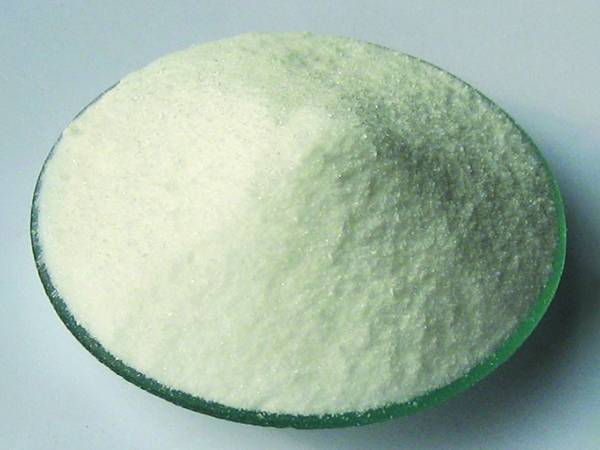



Exploring the Price Impact of Potassium Nitrate on Agricultural Practices
The Cost of KNO3 An Analysis
Potassium nitrate, commonly known as KNO3, is a chemical compound of significant importance in various industries. It is a key ingredient in fertilizers, food preservation, fireworks manufacturing, and even in the production of certain pharmaceuticals. Understanding the cost of KNO3 is crucial for stakeholders in agriculture, manufacturing, and retail, as fluctuations in price can have widespread implications.
Factors Influencing the Cost of KNO3
1. Raw Material Prices The primary components of KNO3 are potassium and nitrate. The prices of these raw materials directly affect the cost of KNO3 production. Potassium salts, sourced mainly from potash mines, have their pricing influenced by global rankings of supply and demand. Similarly, the availability and production costs of nitrates can fluctuate based on geopolitical factors and environmental regulations.
2. Manufacturing Process The production of KNO3 often involves a combination of natural processes and industrial methods. The most common method is the reaction of sodium nitrate with potassium chloride. The efficiency of these processes impacts production costs. Innovations in manufacturing techniques could lead to more cost-effective pathways, while outdated facilities could increase expenses.
3. Energy Costs The production of chemicals, including KNO3, is energy-intensive. Fluctuations in energy prices, particularly oil and natural gas, can lead to increased production costs. As nations strive toward sustainable energy sources, the transition may involve temporary increases in costs as well.
4. Transportation and Logistics KNO3 is a bulky and relatively heavy material, which can increase transportation costs, especially for regions far from production sites. Supply chain issues, such as those caused by global pandemics or geopolitical tensions, can further exacerbate these costs. Efficient logistics solutions are key to mitigating transport expenses in the KNO3 market.
5. Market Demand The demand for KNO3 is primarily driven by its uses in agriculture as a fertilizer rich in potassium, which is crucial for plant health and growth. Additionally, the demand from the food processing and pyrotechnics industries can also affect its market price. Seasonal changes in agricultural activity or the emergence of new applications for KNO3 can lead to significant variations in demand, and therefore, pricing.
Economic Impact and Price Trends
In recent years, the pricing of KNO3 has shown fluctuations that reflect broader economic trends. For instance, during high demand seasons in agriculture, prices typically surge as farmers seek to enhance crop yields. Conversely, during periods of lower demand, prices may dip, forcing producers to adjust their strategies to remain profitable.
cost of kno3

The impact of KNO3 pricing goes beyond mere numbers; it affects farmers' profit margins and, consequently, food prices. In regions where agriculture is a major economic driver, changes in KNO3 prices can have significant ripple effects through the economy.
Future Outlook
The outlook for the cost of KNO3 appears to be influenced by several potential developments
1. Sustainability Initiatives As the agricultural sector increasingly adopts sustainable practices, there's a growing demand for eco-friendly fertilizers. This could lead to innovations in KNO3 production, potentially altering its cost dynamics.
2. Geopolitical Considerations Changes in trade policies or international relations can lead to supply chain disruptions, impacting prices. Countries that are heavily reliant on imports of KNO3 may face challenges if political tensions rise.
3. Technological Advancements Ongoing research into more efficient production methods or alternative sources of potassium and nitrate could play a pivotal role in stabilizing or even decreasing costs.
4. Market Dynamics Keeping a close eye on market trends is essential. Emerging competitors and shifts in consumer preferences will play critical roles in shaping the KNO3 market landscape.
Conclusion
The cost of KNO3 is a multifaceted issue influenced by various tangible factors, including raw material prices, manufacturing techniques, and market demand. As industries evolve and demand for KNO3 changes, understanding these dynamics will be vital for all stakeholders involved in its production and use. With careful monitoring of the aforementioned factors, businesses can make informed decisions to navigate the complexities of the KNO3 market.
-
Why Sodium Persulfate Is Everywhere NowNewsJul.07,2025
-
Why Polyacrylamide Is in High DemandNewsJul.07,2025
-
Understanding Paint Chemicals and Their ApplicationsNewsJul.07,2025
-
Smart Use Of Mining ChemicalsNewsJul.07,2025
-
Practical Uses of Potassium MonopersulfateNewsJul.07,2025
-
Agrochemicals In Real FarmingNewsJul.07,2025
-
Sodium Chlorite Hot UsesNewsJul.01,2025










